How To Invest In The Best Gold Funds & ETFs
Gold has always been one of the most favored investment instruments for many Indians. Apart from wearing it for festivals and special occasions, we also like to gift gold.
Digital gold, sovereign gold bonds, gold funds, ETFs – There are way too options for investors when it comes to buying gold. Here’s a guide on how you can invest in the best gold funds and ETFs.
Indians’ obsession with gold is well-known all over the world. Based on World Gold Council 2021 data, 800 tonnes of gold is consumed in a year by India.
While the boomers prefer physical gold, millennials and Generation Z favor investing in gold online, as the gold market saw 13.70% average volatility in the last 5 years while the cryptocurrency market witnessed 77.08% average volatility. So, gold has become a part of many investors’ portfolios for long-term gains.
But what are gold ETFs and gold funds? Let’s see them in detail now.
What Are Gold ETFs?
Gold Exchange Traded Funds (gold ETFs) are funds that primarily invest in gold and they can be bought, as well as, sold on the exchange. Essentially, they are open-ended mutual fund schemes and they are based on gold prices.
They are more profitable than other gold-based investments if you plan to invest large sums or indulge in regular trade.
Gold ETFs can be bought and traded only on the cash market of the National Stock Exchange, just like any company stock.
Trading gold in physical form supports gold ETFs as security, which means if you are buying a gold ETF, you are purchasing fold at the back end. This gives a guarantee to the investors about the purity of gold.
For example, Gold BeES, which is registered on NSE, closely follows the latest market cost of gold, called spot prices.
The NSE then assigns an ‘Authorized Participant or Member’ to handle the purchase and sale of gold to generate ETFs. Generally, these are large companies such as Axis Mutual Fund, Birla Sun Life Mutual Fund, HDFC Mutual Fund, and ICICI Mutual Fund among others.
Thus, continuous trading and control by ‘Authorized Members’ make sure that the cost of the gold and ETFs remains the same.
Since gold is a less volatile instrument, they are considered to be the best to get inflation-beating returns. One gold ETF unit is equal to 1 gram of gold, giving you the benefit of stock trading and gold investments.
When the price of gold increases, the value of gold ETF rises as well, and vice versa. Hence, it doesn’t compromise on purity and is available at a uniform rate across the country.
Also, ETFs are linked to gold prices, so there is complete transparency in trading.
Benefits Of Investing In Gold ETFs
Easy Trading – If you wish to invest in gold ETFs, you need to buy at least 1 unit of gold, which equals 1 gram of gold.
When you purchase and sell these units, it is the same as equities, which can be done so with the help of a stockbroker or fund manager.
Open Trading – Since gold prices are public, everyone can keep track of them on the stock exchange. You can easily check the gold prices for the day or the hour without any issues.
Easy Transactions – It is pretty simple to buy and sell gold ETFs at any time. The only thing that needs to be taken care of is that the stock exchange is open.
You can buy gold ETF from any part of the country and the difference in gold price due to GST (Goods and Services Tax) will not be applicable.
Economical – Gold ETFs that are under the stock exchange have no load for buying or selling of units because there is no entry or exit system.
The only thing that you would need to pay is nearly 0.5-1% of the brokerage fee.
Tax Benefit – The returns generated from gold ETFs are subject to long-term capital gains tax. However, there will be no additional burden of sales tax, VAT, wealth tax, or securities transaction tax, thus providing you tax benefits.
Safe Option – When you compare them with physical gold, gold ETFs are safe as there is no fear of theft, storage, or expenses like those in lockers or gold-making charges.
Also, gold rates do not fluctuate very often. So, if your equity returns go down, gold ETFs can protect you from major losses.
Security Collateral – If you wish to borrow money from any financial institution, you can use your gold ETF as collateral security.
Diversification – Gold ETFs are a good option to diversify your investment portfolio. During volatile market situations, a change in the portfolio provides you with a better return by lowering the market risks.
What Are Gold Funds?
Gold funds are open-ended funds and they invest in units of a Gold Exchange Traded Fund (ETF). Its aim is to copy the movement of domestic gold prices. It is an actively managed fund of funds (FoF).
There are different types of gold funds across the globe:
Gold Mining Funds – These funds invest in gold mining companies and returns from such funds depend on the performance of these companies.
Investment demand for gold is borne out of the economic uncertainties as gold is considered a safe haven when equity markets are declining. The dichotomy between demand and supply also affects gold prices.
Gold ETFs – They are exchange-traded funds where the underlying asset is gold. Therefore, the value of gold ETF depends upon the price of gold.
Gold Fund of Fund (FoF) – Gold FoF invests in the units of gold ETF and doesn’t require a Demat account.
How Are Gold Funds Different From Gold ETFs?
Firstly, units of gold funds are priced differently as compared to gold ETFs. You can see the price of gold fund units by way of NAV (Net Asset Value) and it is disclosed at the end of trading hours.
However, you can get real-time updates on the price of gold ETFs as they are listed on the stock exchange.
Secondly, you would require a Demat account to invest in gold ETFs but units of gold funds can be bought from the respective fund house without ever needing a Demat account.
You cannot invest in ETFs via SIPs but you can invest in gold funds through SIPs. If you need to start investing in ETFs, you need to own one unit of gold ETF, which is 1 gram of gold. However, you can start a SIP in gold funds for as low as ₹1000.
Benefits Of Investing In Gold Funds
- Gold and equity markets have a negative correlation. So, if the markets are declining, gold prices will increase, making gold mutual funds perfect for protection against market crashes.
- Investing in gold mutual funds is cheaper, as you can start investing with just ₹100 per month. However, if you buy one gram of physical gold, you will need to pay over ₹5,000.
- As the growth in gold is always more than the inflation rate, gold is considered to be inflation-proof.
- Holding physical gold is a big hassle but when you invest in gold funds, you don’t need to worry about storage and security.
- Gold mutual funds offer higher liquidity when compared to physical gold.
- Gold mutual funds are regulated by SEBI. Until now, there has been no price manipulation in gold mutual funds. Hence, they are very safe.
In The End…
Gold ETFs and Gold Mutual Funds are good options for those investors who are looking to take advantage of the rising gold prices.
If you don’t want to buy physical gold and are worried about its purity and its safety, then gold mutual funds are the right choice for you.
If you are looking to invest in gold mutual funds, you have to look no further than Koshex – a new-age personal finance platform, designed to help millennials and GenZ.
We offer thousands of mutual fund schemes, including gold funds, so you can create an account and check out the funds for free. Sign up with us today!

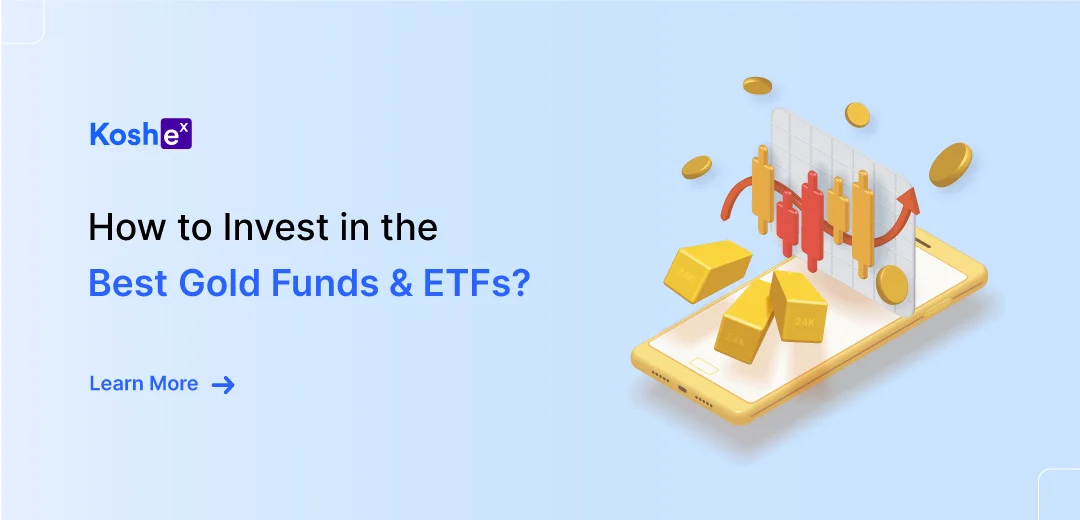
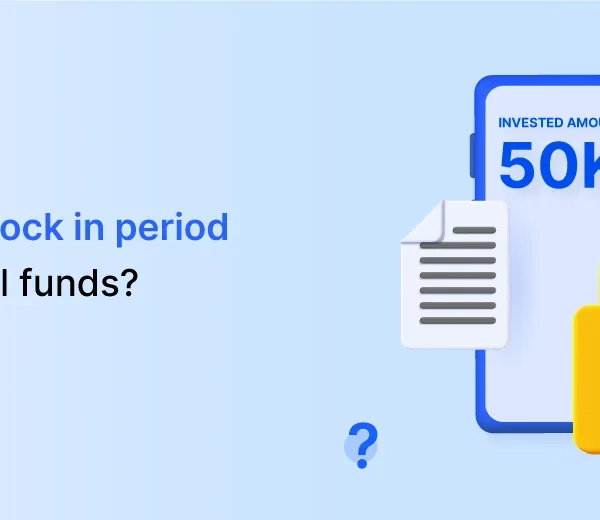
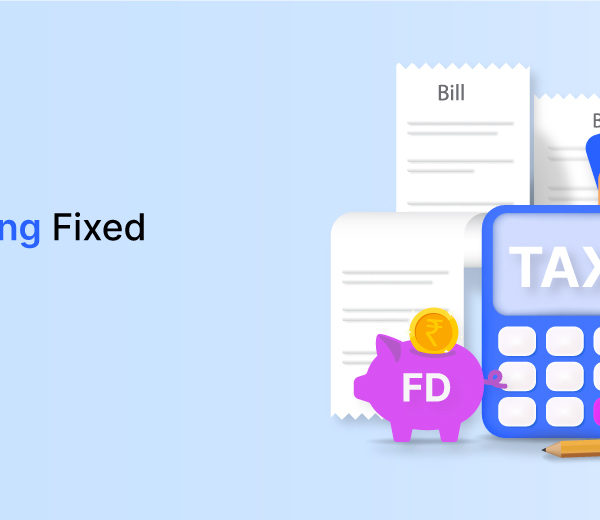
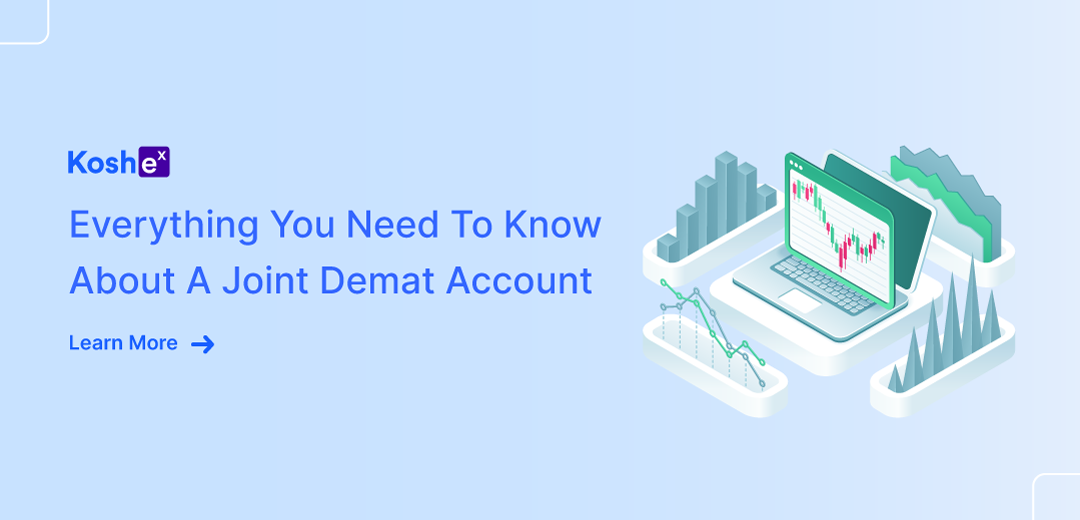
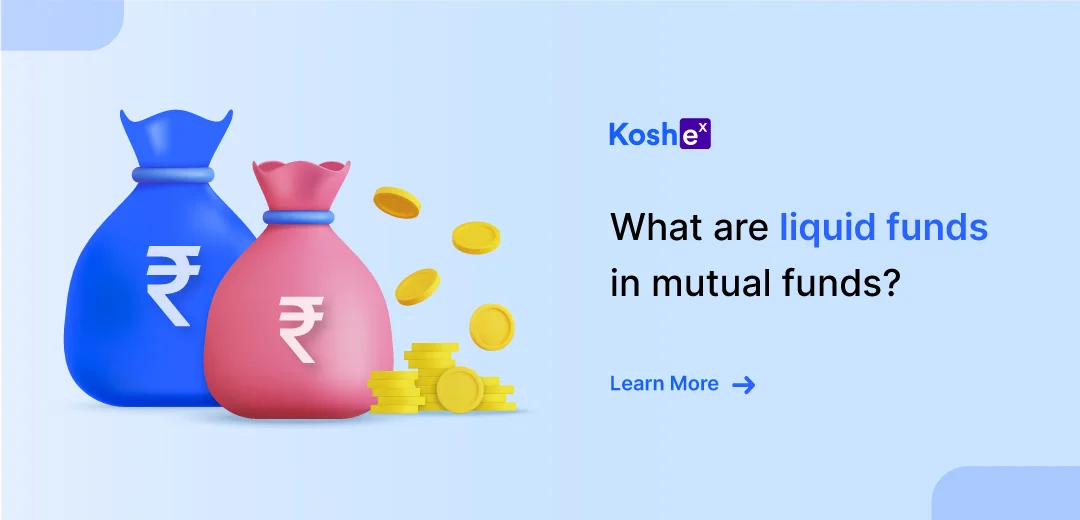



Leave a Comment